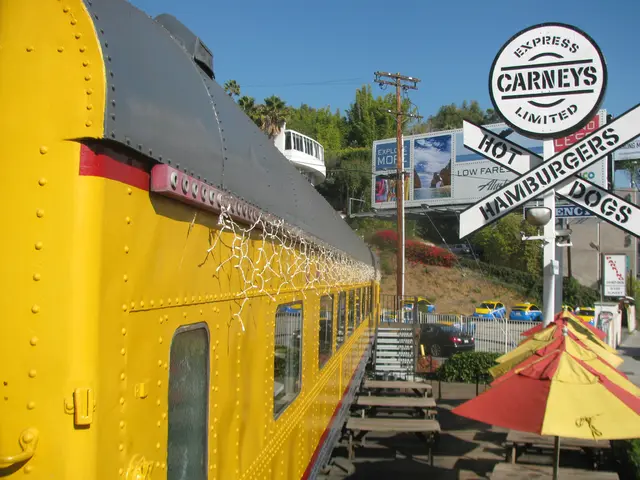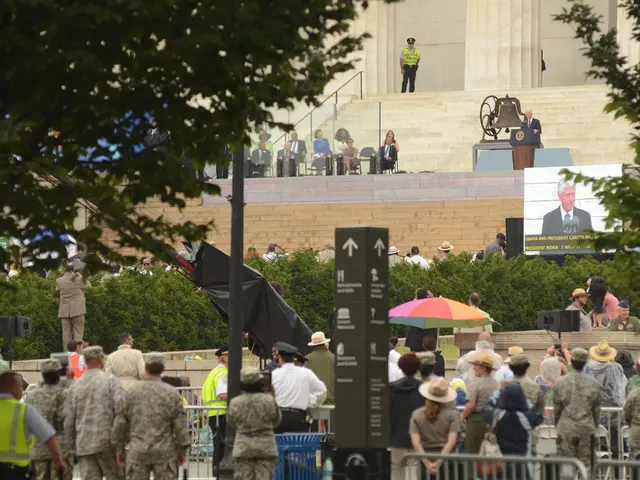"The museum complex in Upper Pysma unveils its revamped aircraft exhibition, now accessible to the public under the name 'Aeroperon'"
The Museum Complex in Verkhnyaya Pyshma has recently expanded its aviation exhibition with the addition of a new zone called the "Airport Apron". This expansion has significantly increased the exhibit space dedicated to aircraft, allowing the display of a number of notable and historically important aviation models in an open-air setting.
In the new "Airport Apron" zone, visitors can now see a variety of aircraft models, including:
- MiG-21, a supersonic jet fighter aircraft widely used by the Soviet Union and its allies.
- Su-15, a supersonic interceptor aircraft employed by Soviet air defense forces.
- An-2, a large single-engine biplane used for various utility purposes.
- L-39 Albatros, a high-performance jet trainer aircraft.
- Il-28, a jet bomber aircraft from the early Cold War era.
These additions enrich the museum’s aviation collection, showcasing a broad spectrum of Soviet-era military and utility planes and reflecting the technological evolution of aircraft used in the 20th century. The outdoor "Airport Apron" allows visitors to experience these aircraft in a realistic airfield environment, enhancing the educational and historical value of the exhibition.
The Yak-40, although it joined the museum's collection some time ago, had to wait over 10 years for its turn due to lack of space. It is the second most numerous liner in the Soviet Union in the 1950s-1960s and is still in use today.
The An-24, a new exhibit at the museum, is still in operation today and has no usual passenger seats as it previously served as a cargo plane. The An-72, the newest exhibit, is nicknamed "Cheburashka" due to the distinctive placement of its engines above the wing. In Russia, the An-72 is used by law enforcement agencies such as the FSB and Rosguard.
The An-72 is quite exclusive, with less than 200 units produced. The Il-14, an exhibit at the "Airport apron", continued to fly the longest among the exhibits, from 1956 to 2007. The Tu-134, a previously seen exhibit, has the most complete configuration among the models presented at "Airport apron". It is likely that guests will be able to look inside this exhibit next year.
The "Airport Apron" features passenger and cargo aircraft from the second half of the 20th century, alongside military and special equipment. Directly on the "Airport apron" are five exhibits representing legendary Soviet design bureaus: Tupolev, Yakovlev, and Antonov.
Over the next two years, the aircraft will be restored both inside and out, including restoring instrumentation and other details. Visitors will be able to access the interiors of the aircraft once the restoration is complete. Andrei Zimin, head of the exhibition department at the Verkhnyaya Pyshma Museum Complex, stated that more work is needed to restore and present the aircraft in good condition.
The size of the exhibition area has significantly expanded with the addition of the "Airport Apron", reaching nearly 15 hectares. The museum aims to preserve the history of each specific aircraft, maintaining original numbers where possible. This expansion not only adds to the educational value of the museum but also provides a unique opportunity for visitors to explore and learn about the history of Soviet-era aviation.








